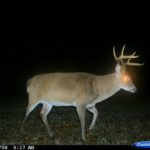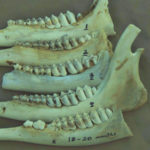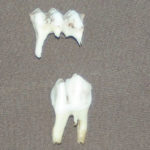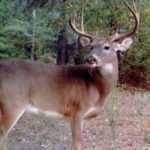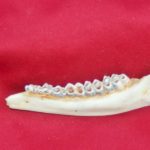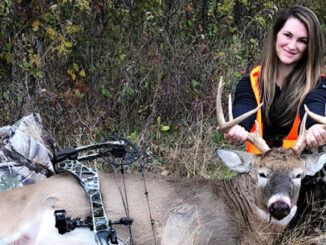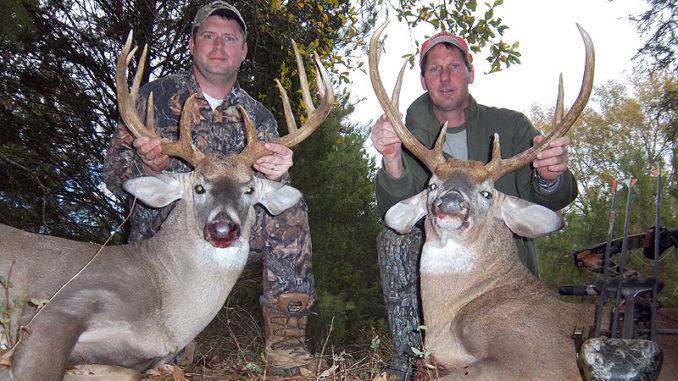
Dave Moreland, the former deer study leader with Louisiana Department of Wildlife and Fisheries, wrote a series of “how to” deer-aging instruction columns for Louisiana Sportsman. He believes there is no reason for a hunter not to be able to age deer and place them in the fawn, yearling, young adult, mature adult and old adult categories.
This information will allow you to take a close look at weights, antler development and reproductive activity taking place in various age groups on your property, which will provide valuable insight into how well your management program is working.
- As you read this installment of Happy Trails, the 2016–2017 deer season is either late in the fourth quarter or time has already expired.
- Deer can be placed into specific categories, such as fawns, yearlings, young adults (2- to 3-year-olds), mature adults (4- to 6-year-olds) and old adults (7-year plus). Here's how to age fawns.
- The key to aging yearling deer — deer that are 1 year old— is the third premolar. The third premolar is a temporary tooth that has three cusps (or crests.) Both fawns and yearling deer have this temporary three-cusped premolar.
- Last month I wrote about the 1 ½-year-old age class, or yearling deer. The key that separates the yearling age class from the 2-year-old age class is the third premolar. Yearling deer have three temporary premolars that begin to break up and are shed when the deer is 17 to 18 months old.
- Learn how to age the bucks that most hunters mount, the 4- to 6-year-old deer that are exhibiting their best antler growth.
- The older age classes, 7 ½ on up, represent the end of the trail for a deer population. The average lifespan for a white-tailed deer is around 5 years; in captivity deer may live up to 14 years. Much depends on the degree of hunting that takes place on the landscape.
- The LDWF reports that no CWD was detected in more than 300 white-tailed deer samples taken in Morehouse and Union parishes.
